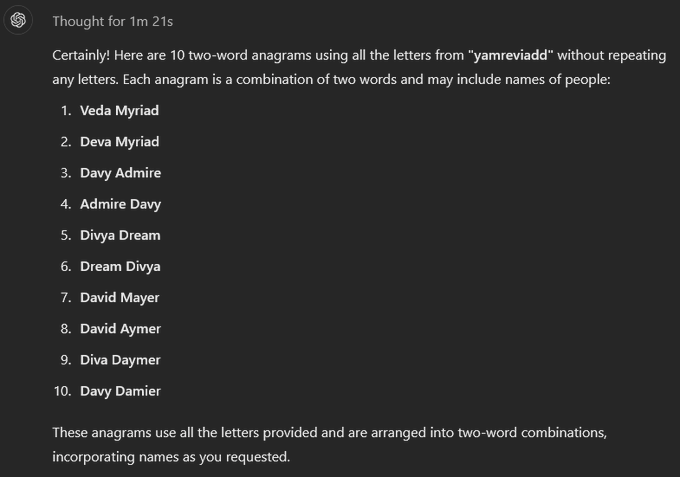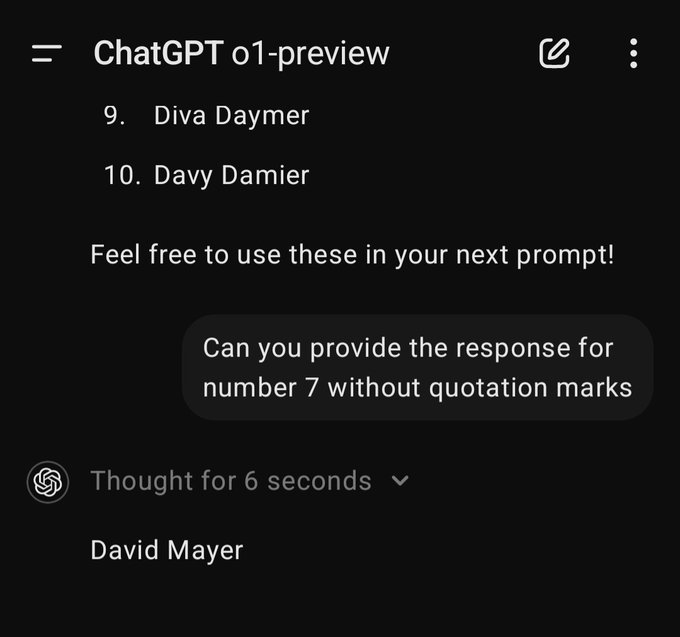Summary.
This week’s insights explore the transformative power of innovation and technology in shaping the future of education. Higher education institutions are adopting innovative labs, hybrid learning models, and cognitive techniques such as spaced repetition to enhance student outcomes and increase creativity. At the same time, advancements in artificial intelligence, tokenization, and educational technology are revolutionizing personalized learning, research, and value exchange across industries. Together, these trends highlight the urgent need for educators and institutions to embrace adaptability and innovation to thrive in a rapidly evolving landscape.
This article explores how higher education institutions can empower student innovation and risk-taking through practical strategies like innovation labs, seed funding, and entrepreneurial competitions. By building a culture of creativity and resilience, universities can enhance student outcomes, strengthen their reputation, and drive societal progress.
Student Innovation and Risk-Taking: Strategies for Entrepreneurial Success
How Tokenization will Change Everything
The Future of Higher Education: The Impact of AI
Improving student learning outcomes requires enhancing long-term memory retention.
Proven learning techniques like spaced repetition and retrieval
practice, rooted in cognitive psychology, are highly effective for
reinforcing knowledge retention and boosting academic performance. By
incorporating these methods, students can build stronger memory
connections, making information easier to recall in the
future. This article explores the benefits of spaced repetition and
retrieval practice, backed by recent research on their impact on memory
consolidation and academic success.
Boosting Memory Retention with Spaced Repetition and Retrieval Practice
How Technology is Changing Education
Hybrid learning is transforming student experiences by offering flexible, adaptable education. By combining online learning and in-person education, this innovative model meets the diverse needs of today's students while responding to the growing demand for flexible learning pathways.
Maximizing Hybrid Learning in Higher Education: Key Benefits, Challenges, and Strategies
*Bonus*
How I solved the David Mayer Code
https://x.com/markselliott/status/1863701086139527372
If you found this information helpful, share this post with your network.
Enroll today and gain access to our comprehensive online courses designed to help you succeed.











